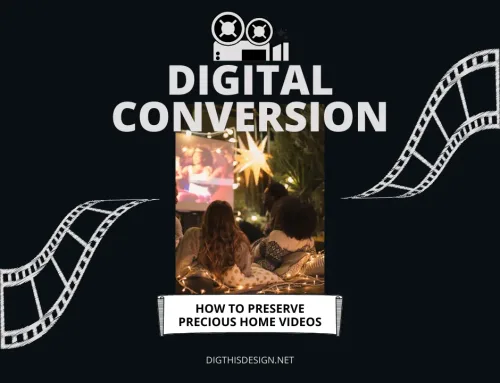Let’s first take a quick look at sustainability before delving into the concepts of sustainable wastewater treatment. Sustainable practices promote the vitality and health of the human race, the economy, and the environment. With limited natural resources, we should use them carefully and sparingly while considering the needs of future generations. This is the fundamental tenet of sustainability.
All About Sustainable Wastewater Treatment
In this article, we’ll talk about the fundamental idea behind environmentally friendly and sustainable wastewater treatment and how it helps pave the way for a green and sustainable future.
What is Sustainable Wastewater Treatment?
Sustainable wastewater treatment is the method of expertly removing poisonous and harmful impurities from various bodies of water so that they are safe for use. To maintain acceptable quality water, water undergoes a thorough treatment process. There are different phases of sustainable wastewater treatment.
Collection and Screening
The collection is the initial stage of a sustainable wastewater treatment process. To reuse the water as efficiently as possible, it is first collected from lakes, reservoirs, rivers, etc. The other half of the procedure involves an intricate system of pipelines and pumps that effectively transports water to the treatment facility.
Wastewater is screened after a predetermined amount has been collected to look for suspended objects like trash, and plants. All undesired substances are collected and removed using a large metal screen.
Coagulation and Chemical Addition
Other substances known as coagulants are added to the suspended material to help the minuscule particles group together to form a “floc” The additional chemical is then combined at various rates for an extended period to create the aforementioned flocs.
Sedimentation and Clarification
Additional processing takes place in a basin of sedimentation, where the floc particle sinks to the bottom and moves toward the disposal pond.
Disinfection and Filtration
After the large particles have been removed, the water is filtered through layers of gravel, sand, and granular activated carbon to eliminate undesired small particles. This process is filtration. By the time the water reaches this step, all significant pollutants have been removed, preparing it for the disinfection stage.
The water is treated with chlorine, which has no taste or odor, to eradicate the remaining bacteria, viruses, and germs. After several procedures and treatments, the water is now considered safe for consumption.
Storing and Distributing
Now the water must be hygienically kept in above-ground or underground tanks until the need comes. Distribution refers to the final stage of a sustainable wastewater treatment process. The process is effectively completed when water is distributed to various companies and residences across the nation via a meticulously designed network of hydrants, meters, pumps, and other components.
Applying Sustainable Services
The aim should be to create effective products and solutions for various industries, including hotels, commercial real estate, healthcare, transportation, and more.
We can see changes on a larger scale when we implement smart technology for water and wastewater systems. A few examples are the plug-and-play platform, IoT-enabled and interoperable, which enables innovation from Edge Control to connected devices, apps, analytics, and services.
Other Posts You Might Enjoy
Sustainable Clothing is Good for the Environment





